Our current exhibition, Take Two: George Catlin Revisits the West, features a selection of paintings from Catlin’s Second Indian Gallery. These works revisit paintings from Catlin’s First Indian Gallery, a collection of works that the artist tried to sell to the U.S. government – on several occasions.
Historically, artists in Europe and elsewhere were financially supported through commissions and patronage, often from the church or governing monarchy. Unfortunately for Catlin, the congressmen of the U.S. government generally considered artistic patronage to be a minor concern, focusing more efforts on the controversial expansion of slavery into the newly acquired western territories. But Catlin was determined to secure the patronage of the federal government.
Why did Catlin feel so strongly that the government should own and exhibit his 607 portraits and scenes of western American Indians? Guest curator and Catlin scholar Brian Dippie asserts that during this period in American history, there was a desire and campaign for a national culture and art. Naturally, no theme seemed more appropriate than that of the country’s native tribes. In fact, beginning in the early 1800s, the government was commissioning Indian portraits. Visiting Indian dignitaries would sit for their likenesses during their visit with the Great White Father in Washington.
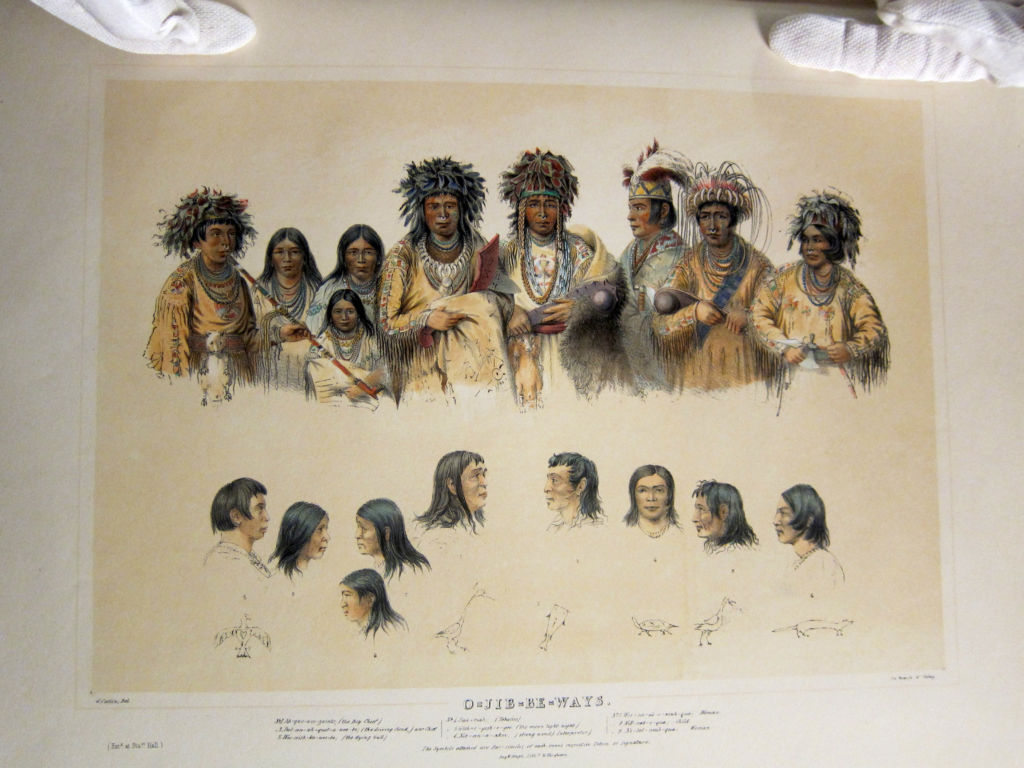
George Catlin | O-Jib-Be-Ways | Catlin’s North American Indian Portfolio. Hunting Scenes and Amusements of the Rocky Mountains and Prairies of America. From Drawings and Notes of the Author, Made During Eight Years’ Travel Amongst Forty-Eight of the Wildest and Most Remote Tribes of Savages in North America. | ca. 1875
In 1838, Catlin made his first attempt at persuading the American government to purchase his Indian Gallery. He set sail for England the following year without a sale. Dippie notes how newspapers mourned the loss of this national legacy while admonishing the politicians for letting this most American of collections slip through their hands. But Catlin never gave up and persistently pursued the acceptance of his paintings to a great national museum. Although this was never achieved during his lifetime, today Catlin’s First Indian Gallery now resides in the Smithsonian American Art Museum while much of his Second Indian Gallery hangs in the National Gallery of Art in Washington, D.C.
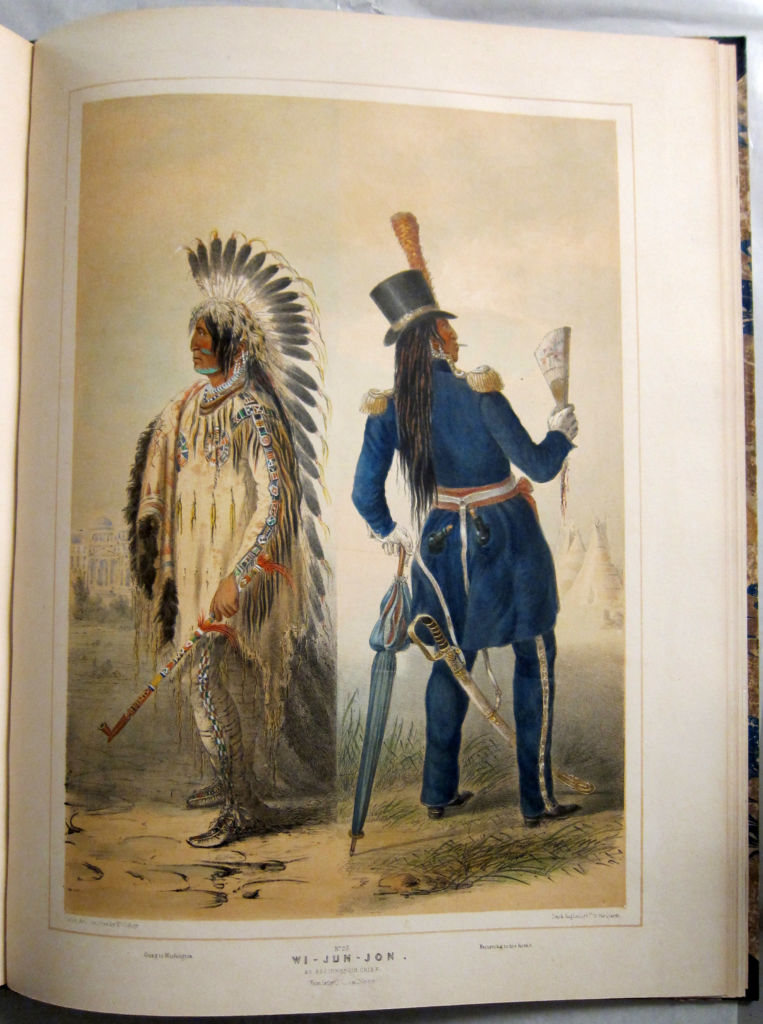
George Catlin | Wi-Jun-Jon Assineboin Chief Going to Washington and Returning | Catlin’s North American Indian Portfolio. Hunting Scenes and Amusements of the Rocky Mountains and Prairies of America. From Drawings and Notes of the Author, Made During Eight Years’ Travel Amongst Forty-Eight of the Wildest and Most Remote Tribes of Savages in North America. | ca. 1875



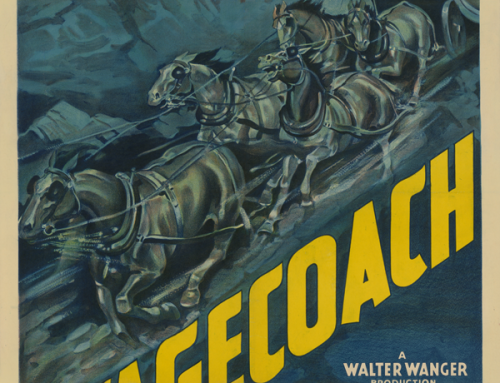
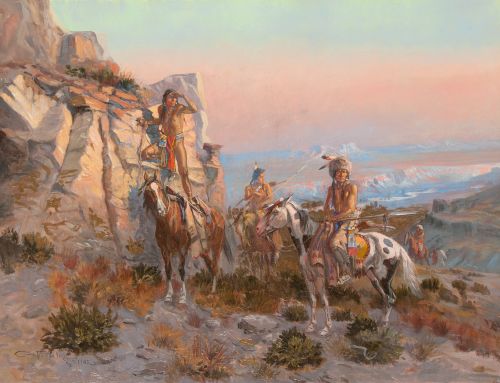
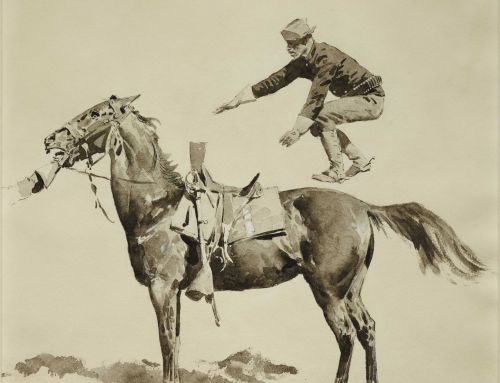
Leave A Comment